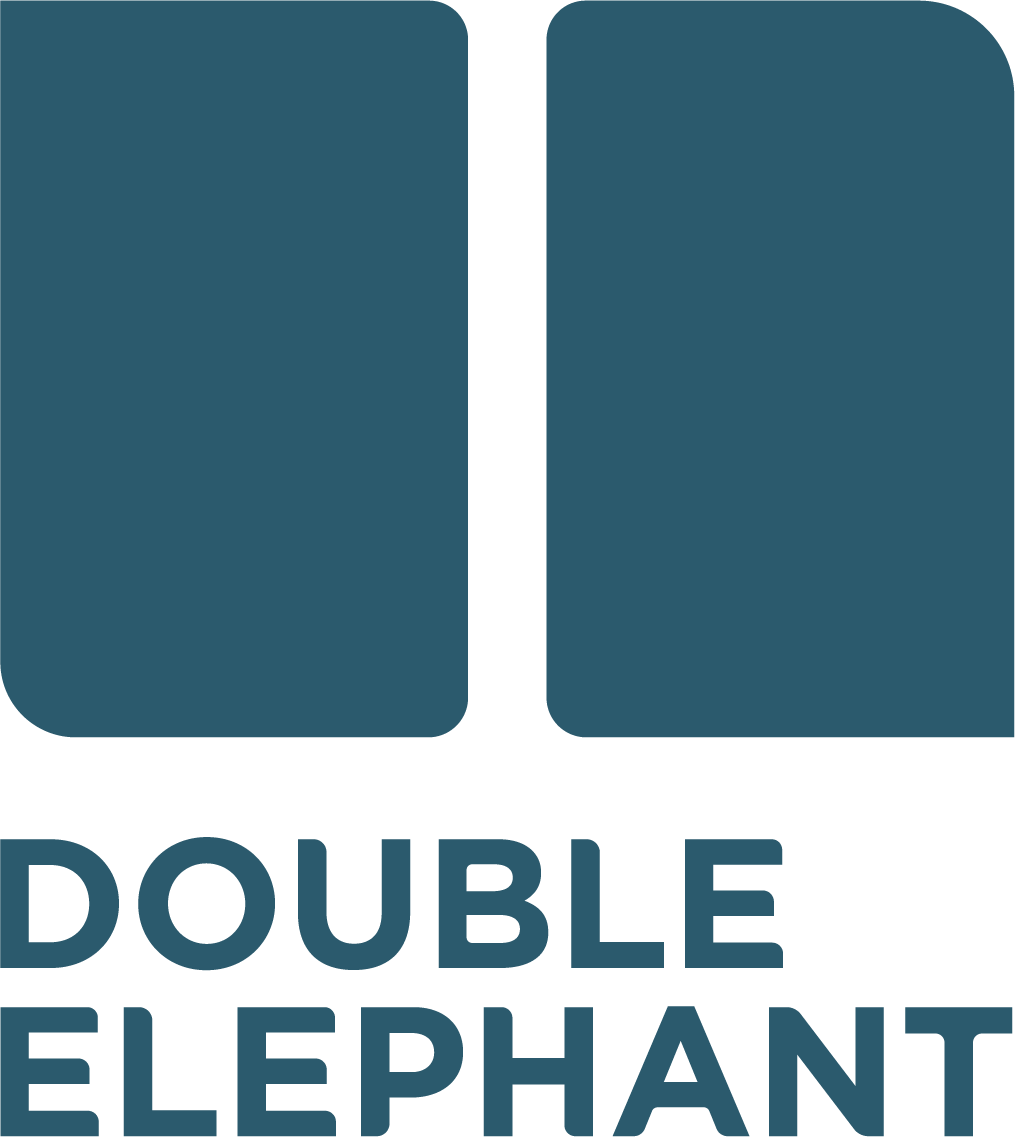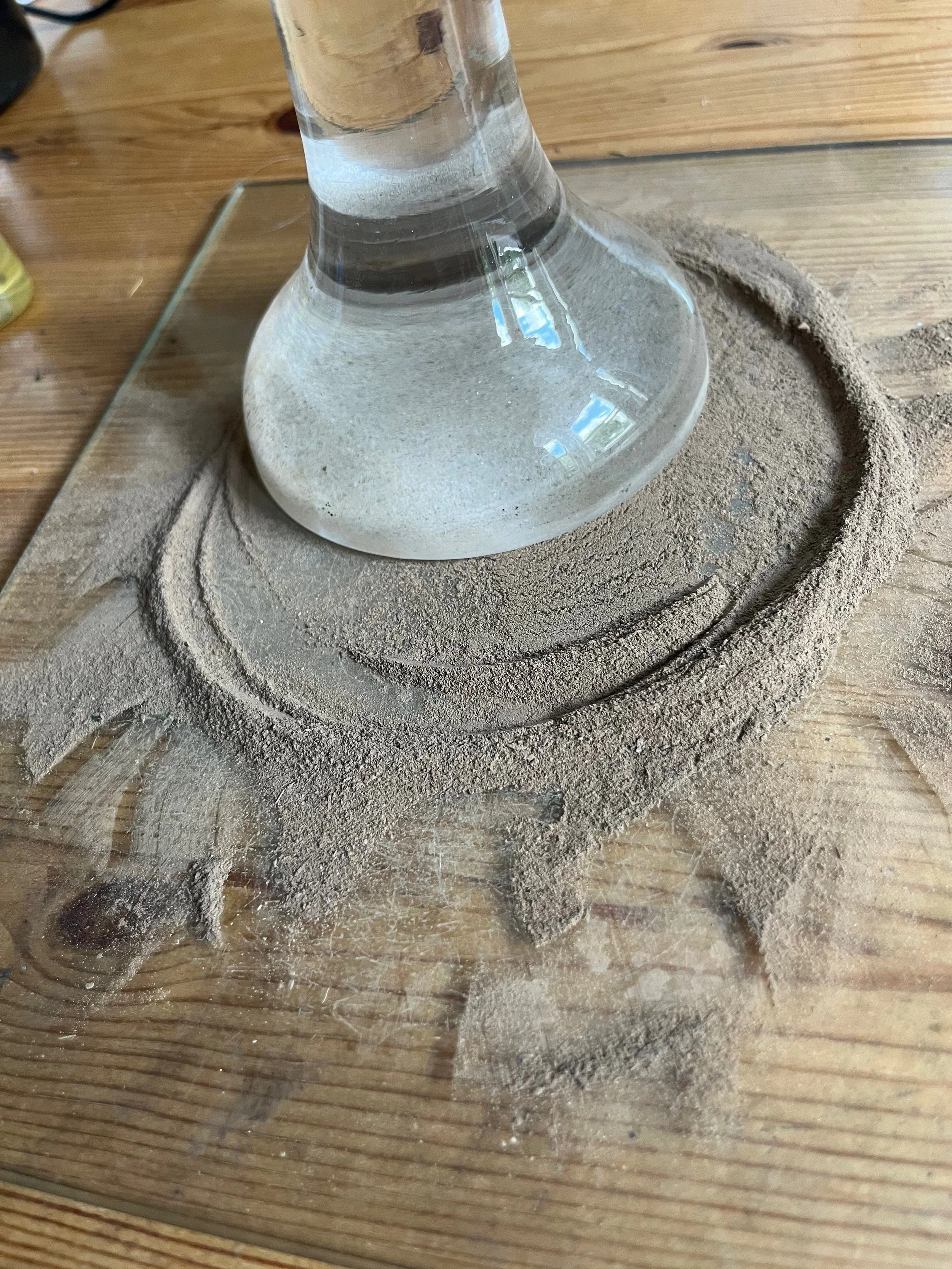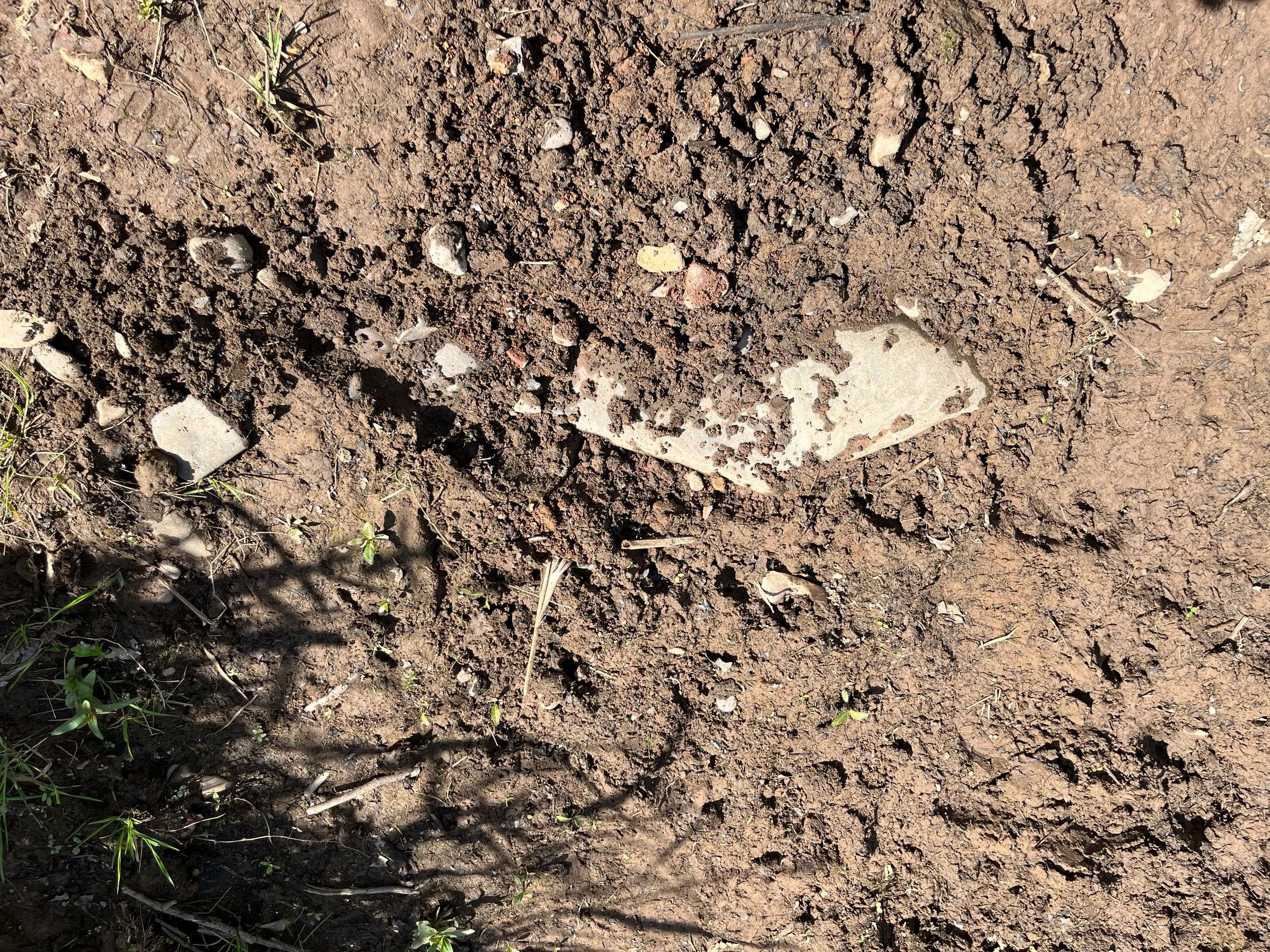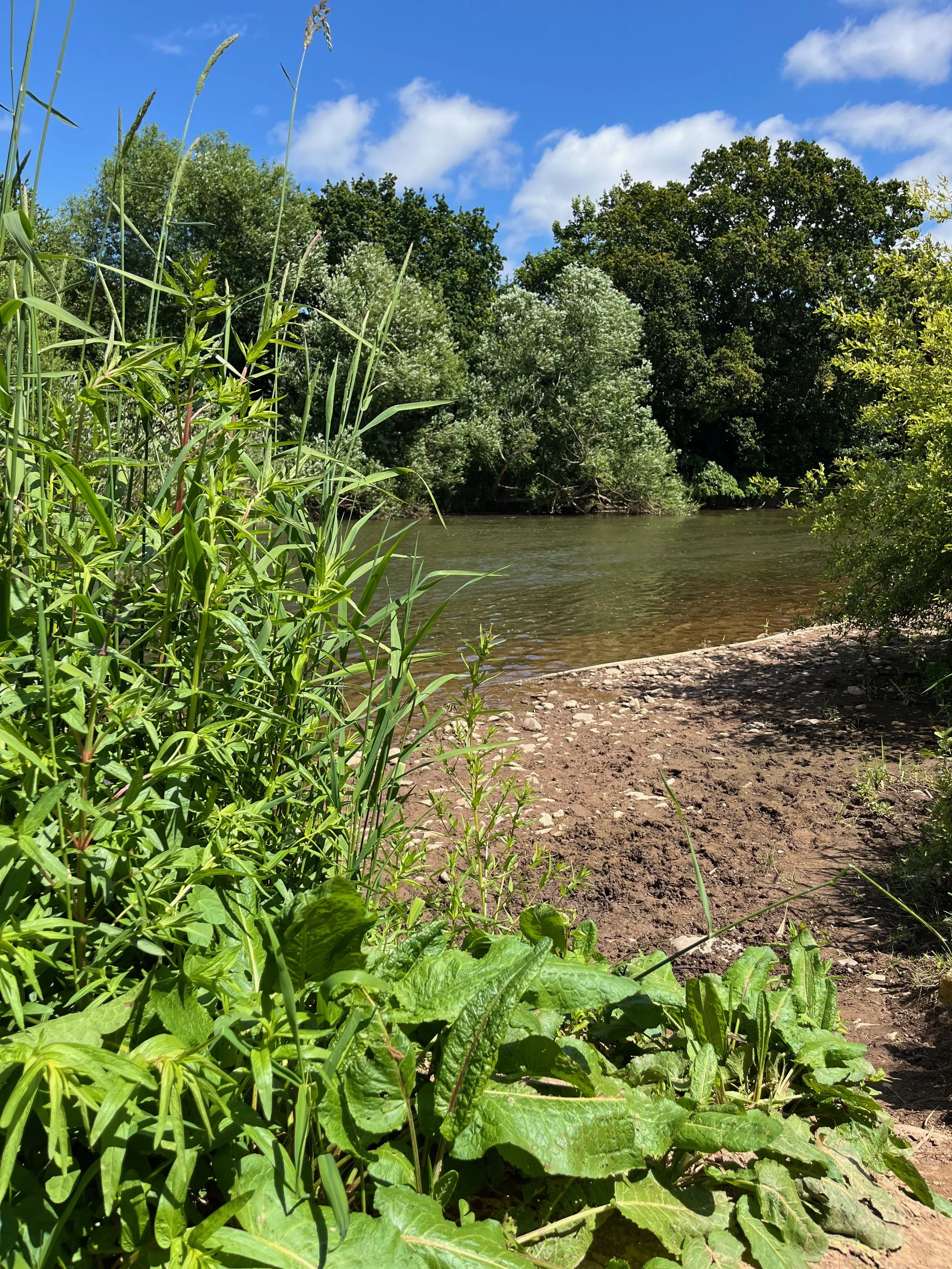Making paper and pigments from the old Countess Wear Mill site
By Penny Simons, Paper & Print project research volunteer
Giving Voice to the Voiceless
It may seem strange that I’m concentrating my research on one tiny aspect of a thriving international business - that of making and exporting paper - but I feel this is another way of understanding it, through the senses as well as reading and absorbing the wealth of information produced by the other researchers.
My travels along the Exe from the centre to Countess Wear help me understand a little of the daily life of a rag picker. I’ve walked the route looking for remnants of the mill, all the time wondering how you would manage to walk that far in old and tattered clothes and indifferent weather, to then do a long and gruelling day’s work.
I have collected some of the plants growing along the way, with the idea of producing paper with them - taking it back to its source. So far I have nettle and cow parsley stems to work with. I decided to use the stems to collect the bast fibres which should create stronger paper, not really the best time for this as the stems are not fully developed, so less fibre. Having soaked them and boiled them with soda to break down the cellulose, I managed to collect a reasonable amount.
Pulling a sheet was almost impossible as there was not enough bulk in the pulp, so I added a small amount of cotton to help. This made it much easier and I was able to pull a fair number of sheets. I deliberately made them very fine, but they still have the strength that I was looking for.
I then turned to making pigment. Walking alongside the river, rather than on the established paths, took me into boggy areas. I imagine how that would have soaked up into the long petticoats of the women. I collected some river mud which will be processed into both oil and water- based paint. As I stood up I was struck by the height of the grasses around me, well over a metre and nearer two. That land must be very fertile. I am at present making prints of the grass.





